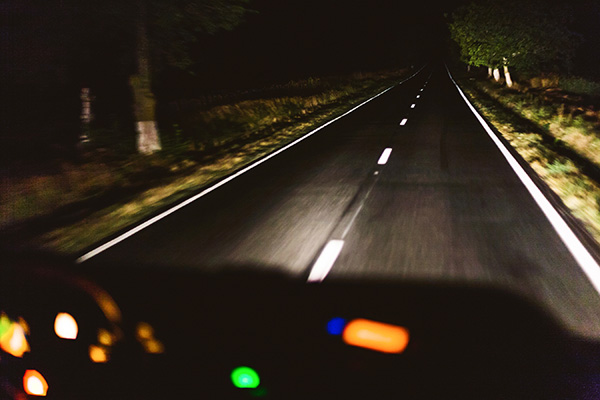
Night driving can be a daunting experience, even for the most experienced drivers. Reduced visibility, glare from oncoming headlights, and fatigue are just a few of the challenges that can make driving after dark more dangerous. But with the right precautions and habits, you can significantly enhance your safety on the road. Here are five essential tips to make your night driving safer and more comfortable.
1. Keep Your Headlights in Top Condition
Your car's headlights are your best allies when driving at night. They illuminate the road ahead and make you visible to other drivers. To ensure optimal performance, regularly check and clean your headlights. Dirt and grime can diminish their effectiveness, so a quick wipe-down can make a big difference. Also, ensure that your headlights are properly aligned. Misaligned headlights can reduce visibility and cause glare for other drivers, increasing the risk of accidents.
2. Use High Beams Wisely
High beams are great for increasing visibility on poorly lit roads, but they can also blind other drivers if used incorrectly. Switch to low beams when approaching another vehicle or when you're driving in areas with sufficient street lighting. This simple courtesy can prevent accidents caused by temporary blindness from high-beam glare.
3. Adjust Your Mirrors to Reduce Glare
Glare from headlights behind you can be incredibly distracting and dangerous. Adjust your rearview mirror to the night setting, which tilts the mirror to reduce glare. Many modern vehicles have an automatic dimming feature for the rearview mirror, but if yours doesn't, a manual adjustment works just as well. For side mirrors, angle them slightly downward to deflect the light away from your eyes.
4. Maintain a Safe Following Distance
At night, depth perception can be impaired, making it harder to judge distances accurately. Increase the following distance between you and the vehicle ahead to allow more time to react to sudden stops or changes in traffic. The general rule of thumb is to keep at least a three-second gap in good conditions and increase this distance in poor weather or on unfamiliar roads.
5. Combat Fatigue with Regular Breaks
Driving at night can be tiring, and fatigue is a leading cause of accidents. Combat drowsiness by taking regular breaks, especially on long trips. Stop every two hours or 100 miles to stretch your legs, grab a coffee, and refresh your mind. If you feel yourself getting sleepy, pull over to a safe location and take a short nap. Never push through fatigue - it's not worth the risk.
Ensure your car is night-ready! Schedule an appointment with Auto Pro for a comprehensive safety inspection.